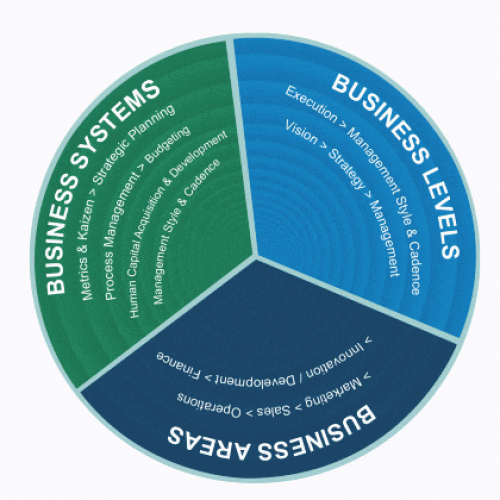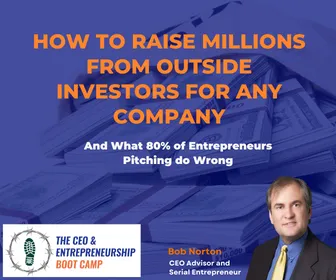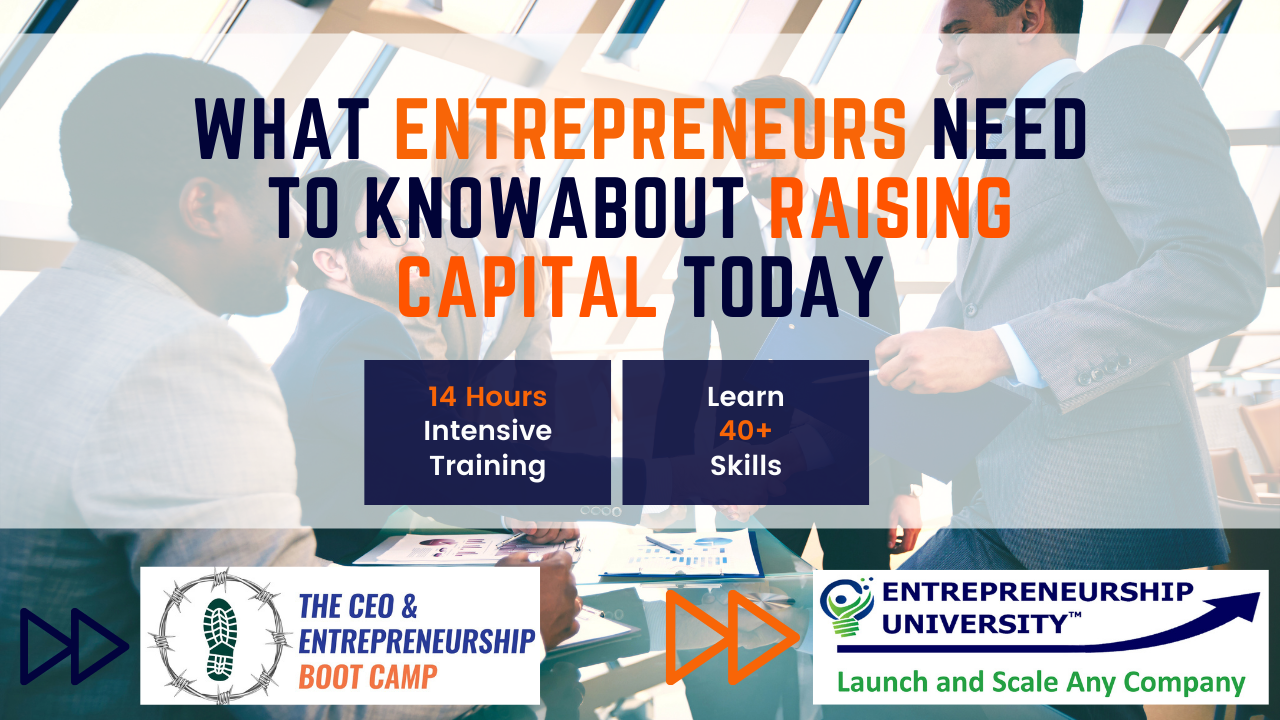What Entrepreneurs Need to Know About Raising Capital Today
- Robert Norton


Bob Norton, a serial entrepreneur and investor, has built six companies, with four exits delivering $1B+ (25X ROI). He helps businesses 2X-10X growth through AirTight Management™ and secures funding. Founder of The CEO Boot Camp™ & Entrepreneurship University™.
(619) SCALE06 | (619) 722-5306 (9 AM-6 PM CT)
Book a Free 30-min Strategy Session
Recent Posts
Want to 2X, 3X, or more your valuation? Join me for a free sample course on creating more Sustainable Competitive Advantage (SCA) for growth companies that want to hit $10M, $100M, or even $1B in sales eventually. Click the image below for full information on this course series.

Growth & Scaling Course Series for $1M+ Company CEOs
Learn How the Top 5% of Entrepreneurs Succeed at Reaching $10M, $50M, and $100M+ When Only 1 in 400 Companies Achieves $10M in Sales, and 1 in 6,300 Reach $100M.
Categories
- Business & Strategy (78)
- Business Model (2)
- Business Podcast (1)
- Capital Raising (9)
- Entrepreneurship Tips (32)
- Finance (37)
- Human Resource (24)
- Innovation (1)
- Leadership (12)
- Management (3)
- Marketing (2)
- Sales (1)
- Scaling (69)
- Small Business (4)
- Strategy (16)
- Team (2)
Click on Your Company's Stage of Development Below Using this Boat Size Metaphor
Each stage has very different needs and a different management style. You must "shift gears," giving up what worked before at each previous stage. This is why many founders are replaced by "professional managers and CEOs." They do not adapt. And why more than 99.75% of founders get stuck between $1M and $10M in sales?
Click on your stage below to learn more.
STAGE 1:
Raw Startup - No Revenue yet
Just a couple crew members. Ideation stage and developing a product or service.
STAGE 2:
Early Revenue But Under $1M Annually
3 to 7 crew members. Some traction with paying customers.
STAGE 3:
Established - 7+ employees
Typically, $1M to $10M in Annual Sales but growing slowly.
STAGE 4:
Growth Expansion - Usually 25+ Employees
Sales typically over $2M+ and seeking to grow at 30%+ annually.
Are you ready to scale at 25%, 50% or 100%+ CAGR? Get a scaling audit today. We will identify all the limiters to your growth and how to fix them.

Running a business is easy! Growing a business is not!
Call to get industry-specific case studies.

Call (619) SCALE06, (619) 722-5306 from 9am to 6pm CT.
Or Click Here to Schedule a Complimentary Scaling Assessment
This is not a sales call but an assessment of your company's ability to scale and eligibility for our $10 million guarantee. In any event, we will guide you towards greater success. We will study your website and other materials in advance.

Bob Norton, Our Founder and CEO oversees all engagements
Mr. Norton founded and sold four companies for over $1 billion total, returning a 25X ROI to investors. He has helped hundreds of companies as a trusted adviser, fractional CEO/COO and Board of Director member. He also created The CEO Boot Camp and has trained thousands of CEOs from over 45 countries.








